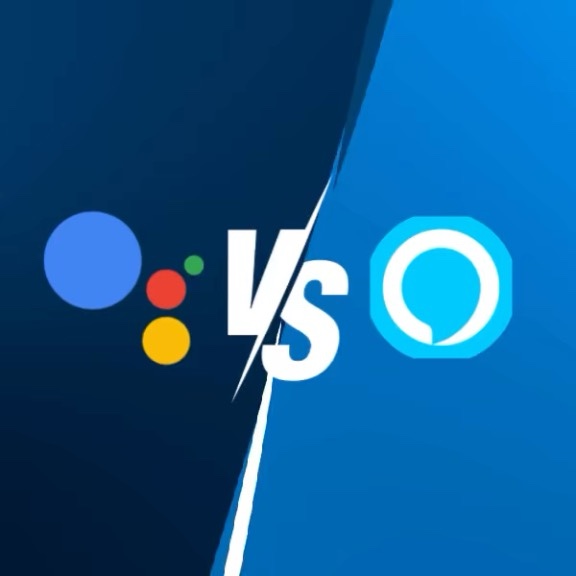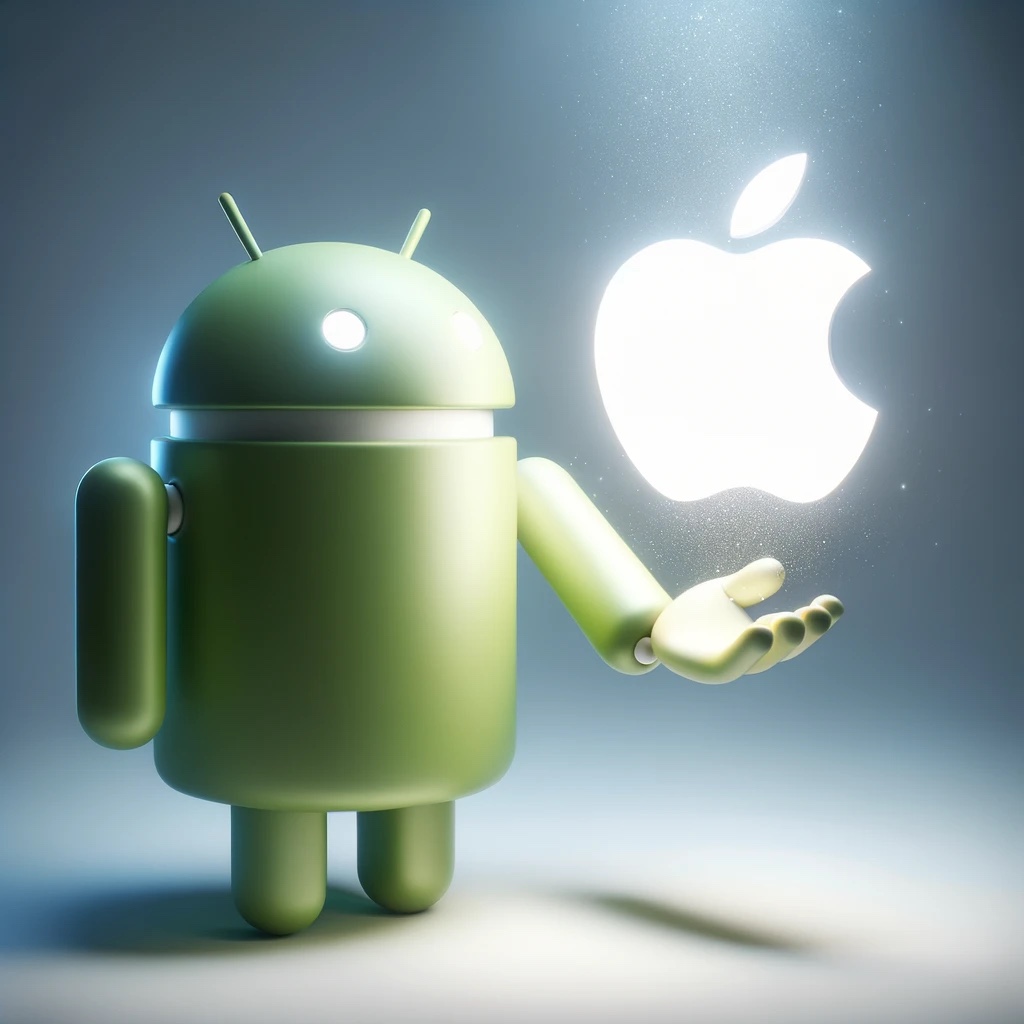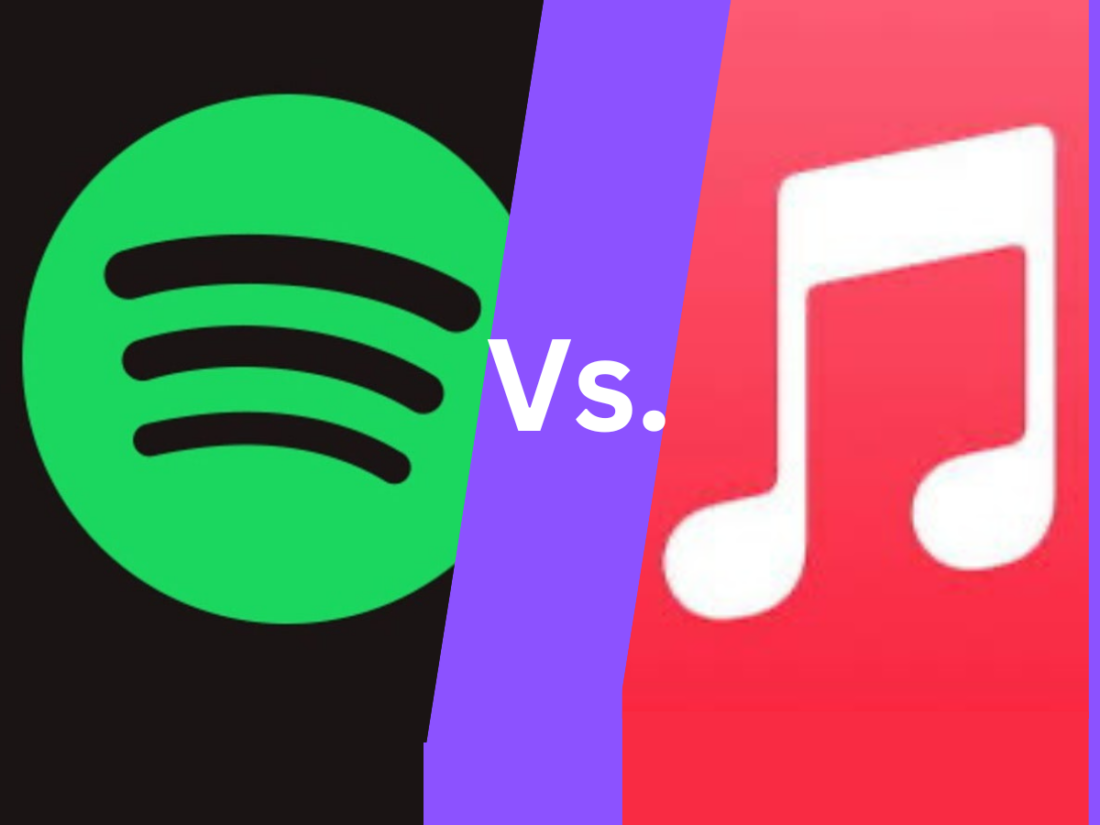In the fast-paced world of smart home automation and voice-activated control, two giants, Google Assistant and Amazon Alexa, are vying for our attention. They entice us with their unique offerings—Google Assistant Actions and Amazon Alexa Skills. They’re not just platforms; they’re the pathway to a future where our voices replace the remote, and conversations with gadgets become the norm. As we dive deeper into the comparison, we’re not just looking at features; we’re peeking into the future, one command at a time.
Google Assistant Actions
- Ease of Use
Google Assistant is like that friend who just gets you. Its intuitive interface and natural language processing are akin to having a casual chat, making interactions feel seamless and conversational. Plus, the straightforward setup and user-friendly nature make it a breeze to integrate into your daily routine. - Accessibility
Google Assistant doesn’t just hear; it listens. Features like Voice Match and the ability to understand multiple languages and accents showcase its commitment to inclusivity. The straightforward setup process is the cherry on top, making it a front-runner in the accessibility race. - Integration
If you’re a Google aficionado, the deep integration with Android devices and Google services will feel like home. It’s not just an assistant; it’s an extension of the Google ecosystem, making your smart home feel like part of a bigger, smarter family. - Availability of New Actions
Though the number of Actions might not hit the high notes like Alexa, the steady growth tells a story of a platform evolving. With over 4,000 Actions in the U.S., it’s like a library steadily stocking up on new titles, each one expanding the horizon of what’s possible. - Community and Developer Support
The developer community around Google Assistant is buzzing, with forums and support channels that are bustling marketplaces of ideas and solutions. It’s a nurturing ground for innovation, and every query finds an echo. - Future Prospects
Google Assistant Actions are on a rising tide, with the waves of AI and machine learning propelling it forward. The competitive landscape is a playground, and Google Assistant is gearing up for a game of epic proportions.
Amazon Alexa Skills
- Ease of Use
Amazon Alexa, with its treasure trove of Skills, is like a swiss army knife of voice-activated functionalities. It asks for a bit of structure in conversation but rewards with a vast realm of possibilities, making the learning curve worth every moment. - Accessibility
Alexa extends its hand to everyone with a suite of accessibility features. The setup is intuitive, and though mastering the myriad of Skills might require a beat, the rhythm of voice-activated control soon becomes second nature. - Integration
The realm of Amazon Alexa Skills is a playground for third-party integrations. It’s an open house for external developers and services, making the smart home experience a rich tapestry of functionalities. - Availability of New Skills
Alexa is like a seasoned librarian with a vast collection of Skills. With roughly 60,000 in the U.S. and 80,000 overall, it’s a testament to a mature developer community that’s been busy weaving a wide web of voice-activated functionalities. - Community and Developer Support
The bustling bazaar of Alexa Skills is a testament to a vibrant and engaged developer community. It’s a well-trodden path with well-documented guides, making the journey of development less of a trek and more of an exploration. - Future Prospects
With the dawn of generative AI technologies, the horizon is aglow with potential for Amazon Alexa Skills. The evolving competitive landscape is a narrative of endless possibilities, and Alexa is scripting its chapters with a steady hand.
As we saunter through the realms of Google Assistant Actions and Amazon Alexa Skills, we’re not just comparing platforms; we’re exploring narratives of innovation, user-centricity, and the relentless pursuit of making our smart homes a tad smarter. The choice between these two isn’t black and white; it’s a palette of preferences, existing device ecosystems, and envisioned smart home narratives. It’s a glimpse into a future where our voices are the keys to boundless possibilities.


